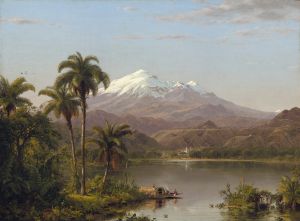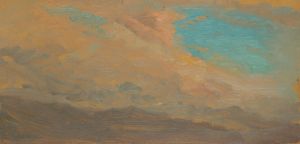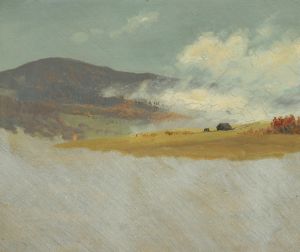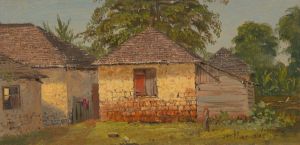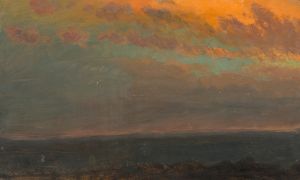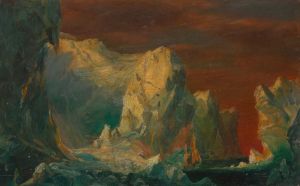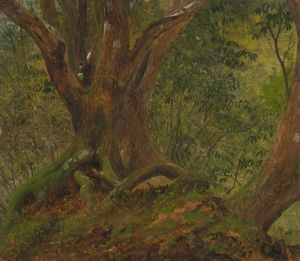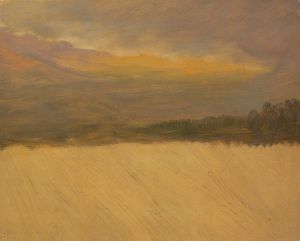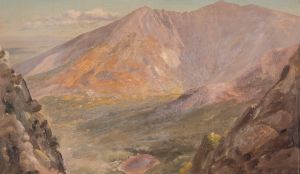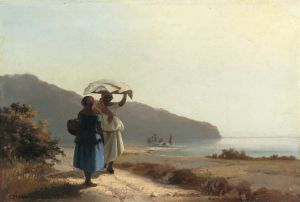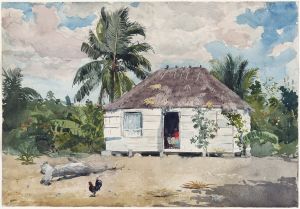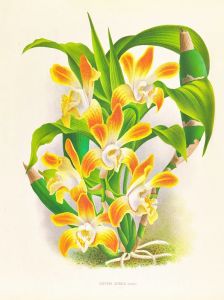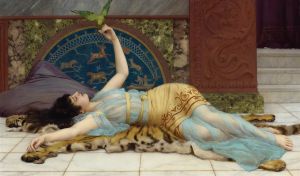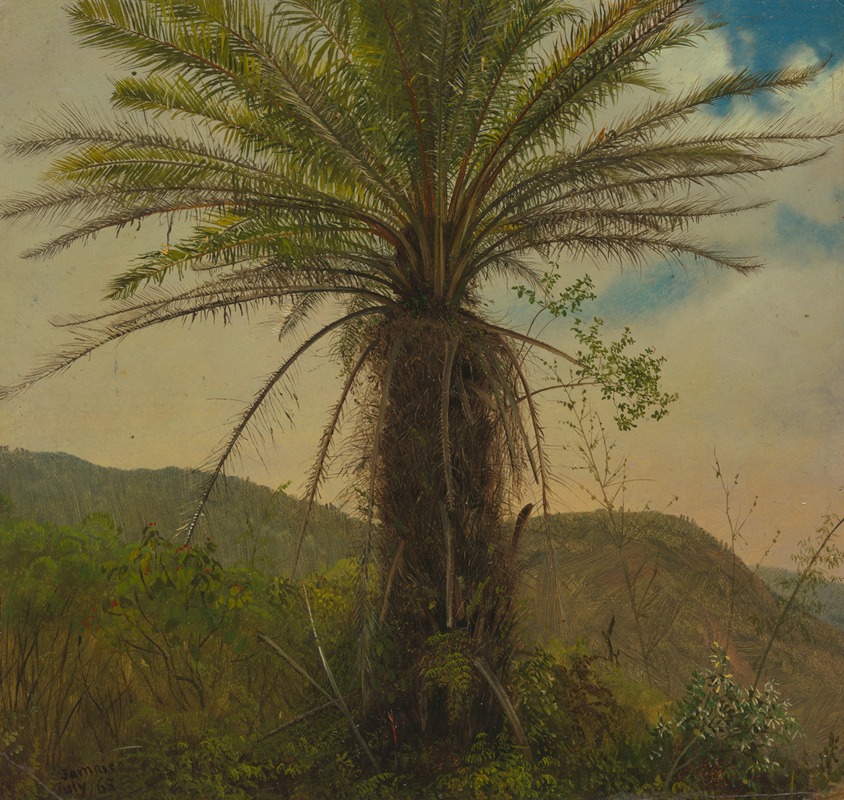
Tree Fern, Jamaica
A hand-painted replica of Frederic Edwin Church’s masterpiece Tree Fern, Jamaica, meticulously crafted by professional artists to capture the true essence of the original. Each piece is created with museum-quality canvas and rare mineral pigments, carefully painted by experienced artists with delicate brushstrokes and rich, layered colors to perfectly recreate the texture of the original artwork. Unlike machine-printed reproductions, this hand-painted version brings the painting to life, infused with the artist’s emotions and skill in every stroke. Whether for personal collection or home decoration, it instantly elevates the artistic atmosphere of any space.
Frederic Edwin Church's Tree Fern, Jamaica is a painting created by the renowned American landscape artist, who was a central figure in the Hudson River School. This artistic movement, prominent in the mid-19th century, was known for its detailed and romanticized depictions of nature, often emphasizing the sublime and the spiritual qualities of the natural world. Church, as one of its leading figures, traveled extensively to capture the diverse landscapes of the Americas and beyond.
Tree Fern, Jamaica is believed to have been inspired by Church's travels to Jamaica in 1865. During this trip, he explored the island's lush tropical environment, which provided a stark contrast to the landscapes of the northeastern United States that he had previously painted. Jamaica's rich biodiversity and dramatic scenery offered Church new opportunities to study and depict exotic flora and fauna, which were of great interest to 19th-century audiences.
The painting focuses on a tree fern, a plant native to tropical and subtropical regions, including Jamaica. Church's meticulous attention to detail is evident in his rendering of the fern's intricate fronds and the surrounding vegetation. The composition highlights the plant's unique structure and its integration into the dense, verdant environment. The work reflects Church's fascination with the natural world and his commitment to scientific accuracy, which was informed by his studies of botany and his collaboration with naturalists of the time.
Church's Jamaican works, including Tree Fern, Jamaica, were part of a broader trend in 19th-century art and culture that celebrated exploration and the documentation of distant, exotic locales. These paintings appealed to audiences who were captivated by the idea of the tropics as a place of untamed beauty and abundant life. Church's ability to combine scientific observation with artistic expression made his works both educational and aesthetically compelling.
While Tree Fern, Jamaica is not as widely known as some of Church's larger and more dramatic landscapes, such as The Heart of the Andes or Niagara, it remains an important example of his skill in capturing the essence of a specific environment. The painting demonstrates his ability to convey the intricate beauty of nature on an intimate scale, offering viewers a glimpse into the tropical world that so inspired him.
As with many of Church's works, Tree Fern, Jamaica reflects the 19th-century Romantic ideal of nature as a source of wonder and inspiration. It also underscores the artist's role as both an observer and interpreter of the natural world, bridging the gap between art and science.






